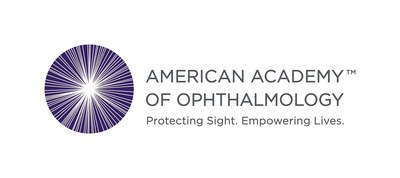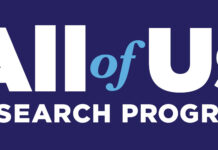American Academy of Ophthalmology reminds parents, coaches, and athletes that one simple step can prevent most sports-related eye injuries
SAN FRANCISCO, April 6, 2017 /PRNewswire-HISPANIC PR WIRE/ — New research shows that about 30,000 people in the U.S. go to emergency departments each year with sports-related eye injuries, a substantially higher estimate than previously reported.1 This April during Sports Eye Safety Month, the American Academy of Ophthalmology reminds the public that the right protective eyewear is the best defense against eye injury.
Photo – https://mma.prnewswire.com/media/487394/American_Academy_of_Ophthalmology_Sports_Eye_Protection.jpg
Three sports accounted for almost half of all trips to the emergency room: basketball, baseball and air/paintball guns. Sports-related injuries can range from corneal abrasions and bruises on the lids to more serious, vision-threatening internal injuries, such as a retinal detachment and internal bleeding.
Ophthalmologists — physicians who specialize in medical and surgical eye care — continue to remind the public that most sports-related eye injuries are avoidable.
Here are some tips for both the professional athlete and the Little League star to stay safe:
- Athletes should wear sports eye protection that meets requirements set by appropriate organizations.
- Parents should make sure that children wear eye protection. Most often, those who sustain sports-related eye injuries are 18 years old or younger.
- Eye protection can weaken with age and may no longer provide adequate protection. Consider replacing when damaged or yellowed.
- For basketball, racquet sports, soccer and field hockey, wear protective eyewear with polycarbonate lenses.
- Athletes who wear contacts or glasses should also wear appropriate protective eyewear. Contacts offer no protection and glasses do not provide enough defense.
- Professional athletes should also wear sports goggles that meet national standards.
“I’ve treated many patients with eye trauma because of an unintentional blow to the face,” said Rahul N. Khurana, M.D., clinical spokesperson for the American Academy of Ophthalmology. “Athletes often engage in these seemingly safe, yet rugged, high-impact sports with zero awareness about the potential risk factors. This is why eye protection is critical and can greatly reduce the number of emergency room visits treated each year.”
For more information on sports eye safety or other eye conditions and diseases, visit the American Academy of Ophthalmology’s EyeSmart® website.
About the American Academy of Ophthalmology
The American Academy of Ophthalmology is the world’s largest association of eye physicians and surgeons. A global community of 32,000 medical doctors, we protect sight and empower lives by setting the standards for ophthalmic education and advocating for our patients and the public. We innovate to advance our profession and to ensure the delivery of the highest-quality eye care. Our EyeSmart® program provides the public with the most trusted information about eye health. For more information, visit aao.org.

Logo – https://mma.prnewswire.com/media/287412/american_academy_of_ophthalmology_Logo.jpg






